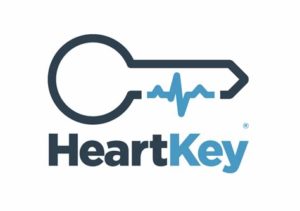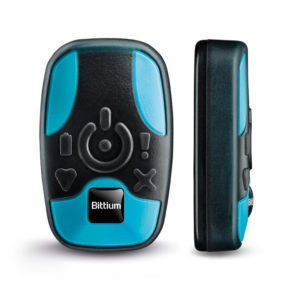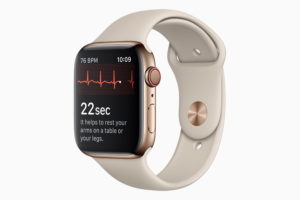The importance of the rhythm of your heart
1 August 2021 / 7:59 am

What is your rhythm?
The heart beats 100,000 times a day. This happens automatically without our conscious input and with constant adjustment of its speed and output to deal with our day-to-day activities, exercise and rest. The body rapidly gets used to this heart noise and most of us have no awareness of our heart rhythm unless we check our pulse.
Yet heart rhythm conditions (or arrhythmias) are common. Most of us will have felt skipped beats, flutters or ‘palpitation’ – often when we are tired or dehydrated. These symptoms are usually due to benign extra heart beats, or ectopics, resetting our heart rhythm. There are however more important heart rhythm conditions that exist, that left untreated can have significant health implications. These include rhythms such as atrial fibrillation, atrial flutter, supraventricular tachycardia and ventricular tachycardia.
Heart rhythm conditions are more frequently seen in patients with increasing age, for example atrial fibrillation exists in about 1 in 20 people at the age of 65 and 1 in 10 at the age of 80. Rhythm changes are also more common in people with conditions such as high blood pressure, heart failure, heart valve abnormalities, lung disease, diabetes, and obesity. Other illnesses such as chest infections, sepsis and non-cardiac surgery can trigger heart rhythm changes in some patients.
The means that more than one in four of us will experience a change in heart rhythm through our life which might be undetected if it does not cause symptoms.
Diagnosis
The diagnosis of a heart rhythm problem traditionally means capturing an electrical recording of the heart using an electrocardiogram (ECG) at the time that the patient has symptoms. This can be done with a 12-lead ECG or with portable heart monitors such as an ECG patch recorder. New digital heath technologies such as HeartKey from BSecur are helping improve to improve signal quality and diagnostic accuracy.


Most patients will need a heart ultrasound scan (echocardiogram) to identify any structural abnormalities of the heart. In patients with less frequent palpitations, wearable devices such as the Apple Watch and Kardia by Alivecor allow patients to make ECG recordings at the time that they get their symptoms. ECGs can be stored, saved, emailed and printed to provide their cardiologist with the data required to make a diagnosis.


Treatments
There are many treatment options for heart rhythm conditions, and these will be determined by the type of rhythm seen, as well as patient symptoms and tests. Simple behavioural changes can have a large impact on symptoms for example, cutting back on alcohol and coffee, and ensuring that blood pressure is well controlled. For overweight patients, lifestyle changes such as weight loss and exercise can have a greater benefit at reducing recurrent heart rhythm changes then drugs and more interventional procedures. Drugs and more interventional procedures such as electrophysiological studies are effective in the right patients.
Options
So, if you suspect you may have a heart rhythm condition then speak to your General Practitioner about your symptoms or consider using a hand-held device such as Kardia to diagnose yourself. Cardiac services such as Heart for Life’s Heart Rhythm Package allow patients to self-refer for heart monitoring using state-of-art heart screening technologies.
For more information please visit:
Arrhythmia Alliance http://www.arrhythmiaalliance.org.uk
Heart for Life http://www.heartscreening.co.uk
More Posts
7 May 2025
A digital health diary revisited
16 March 2024
Developing a new strategy for healthy Islanders
4 February 2024
A digital health diary for Jersey
27 December 2022
Utilising artificial intelligence in cardiology practice
12 June 2022
Under the bonnet – time for your heart’s MOT
12 March 2022
What is heart valve disease and what does that mean for me?
12 January 2022
Preventing heart disease using augmented digital health intelligence
1 October 2021
How heart health has been impacted by COVID-19
21 June 2020
What is atrial fibrillation?
8 April 2020
Coronary heart disease and risk of heart attacks
11 January 2020
The Era of Immersive Health Technology
22 September 2019
The heart and stress
18 August 2019
Screening for Atrial Fibrillation and the Role of Digital Health Technologies
20 November 2018
Ectopic beats – how many count?
28 July 2018
How can immersive VR and AR technologies improve your physical and mental health?